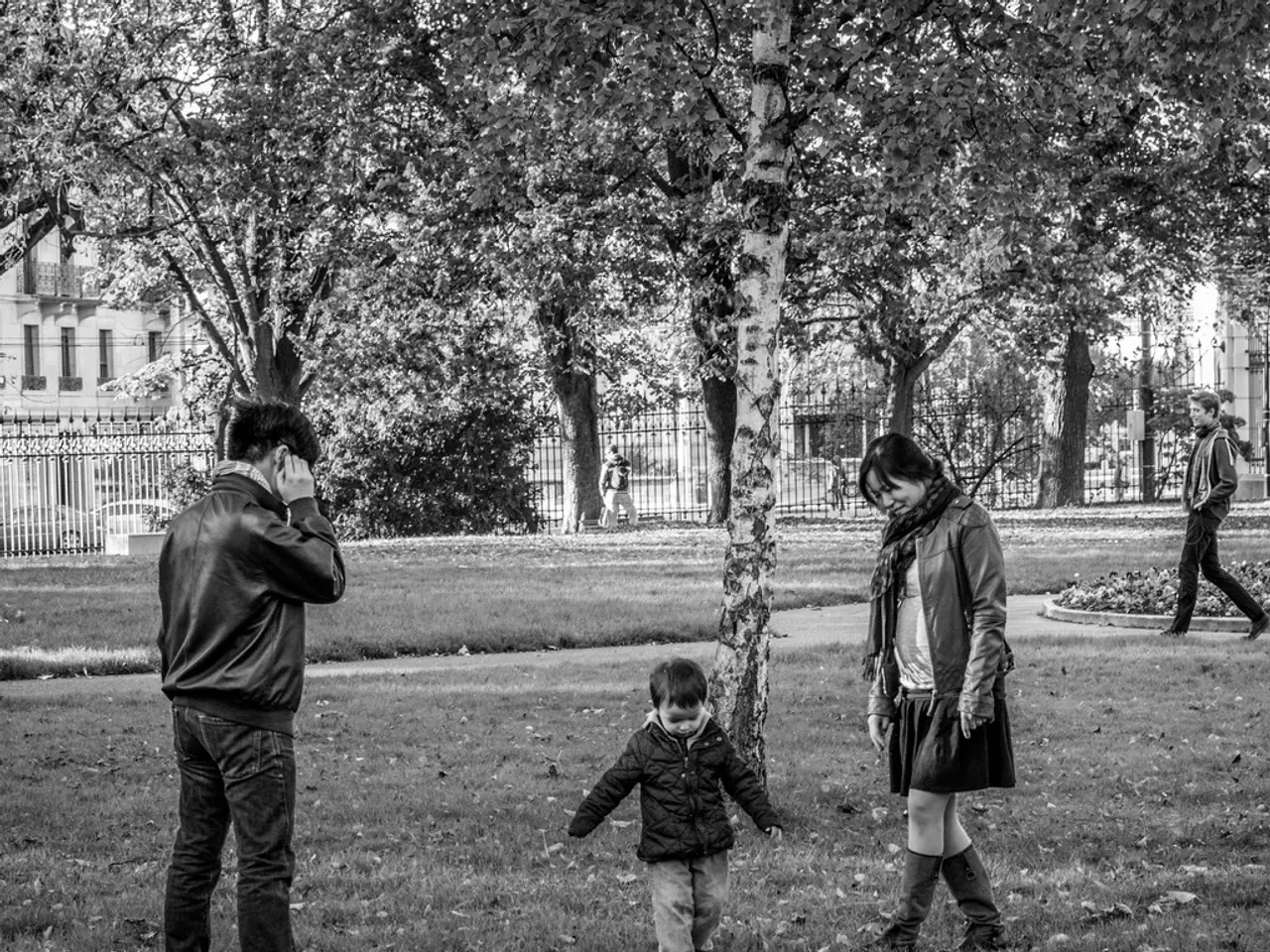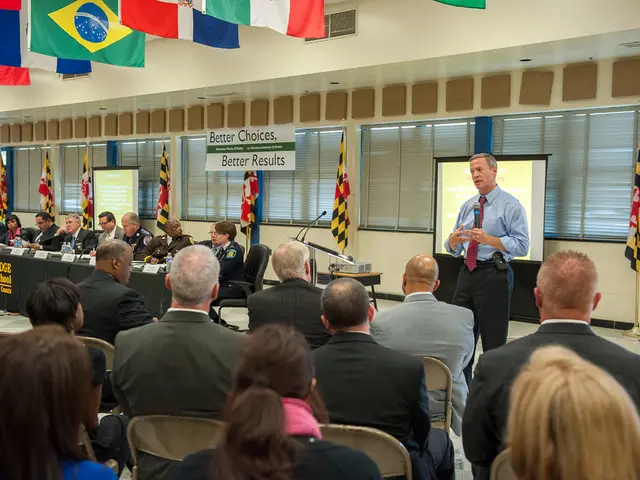Sustainable Living and Personal Autonomy: Setting Realistic Goals
In the realm of sustainable living, two concepts often come to the forefront: self-sufficiency and permaculture. While they share similar goals, they are distinct in their focus and approach.
Self-sufficiency, a culture that invites anyone seeking to improve their health, lifestyle, and the environment, offers a flexible path towards sustainable living. It encourages personalization, focusing on what's important to the individual, such as reducing waste, growing food, or feeling more independent. On the other hand, permaculture, a philosophy originating from Australians Bill Mollison and David Holmgren in the 1970s, emphasizes sustainable living, eco-friendly gardening, and regenerative agriculture. Its focus is on taking care of the earth, caring for people, and sharing resources fairly, with a strong emphasis on community interdependence.
However, the path to self-sufficiency can present challenges. A family of four, for instance, would need at least an acre of land to be food self-sufficient, considering space for animals and grains. This can be daunting for many, especially given that a self-sufficient homestead needs about 13,540 square feet, not counting space for buildings and other needs. In contrast, the space requirements for permaculture designs can be impractical for small properties and suburban homesteaders due to space constraints.
Despite these challenges, both concepts have their merits. For instance, permaculture designs mimic natural systems, bringing back biodiversity and using methods like composting, mulching, and crop rotation to keep soil healthy. On the other hand, self-sufficiency encourages the use of renewable energy and local food systems, as exemplified by organisations like the Transition Network.
Critics argue that the focus on individual self-sufficiency can be misguided, potentially leading to ableism and exclusivity, denying opportunities for those with disabilities. This is where permaculture shines, with its focus on working together as a community. Permaculture looks at how actions affect the environment and takes a regional view to fight climate change.
In conclusion, it's not about choosing between self-sufficiency and permaculture but about finding a balance. By picking and choosing permaculture ideas that work for everyone, we can create systems that use less and harm less. We can strive towards self-sufficiency while remembering the importance of community and shared resources. After all, a sustainable future is one that we build together.




